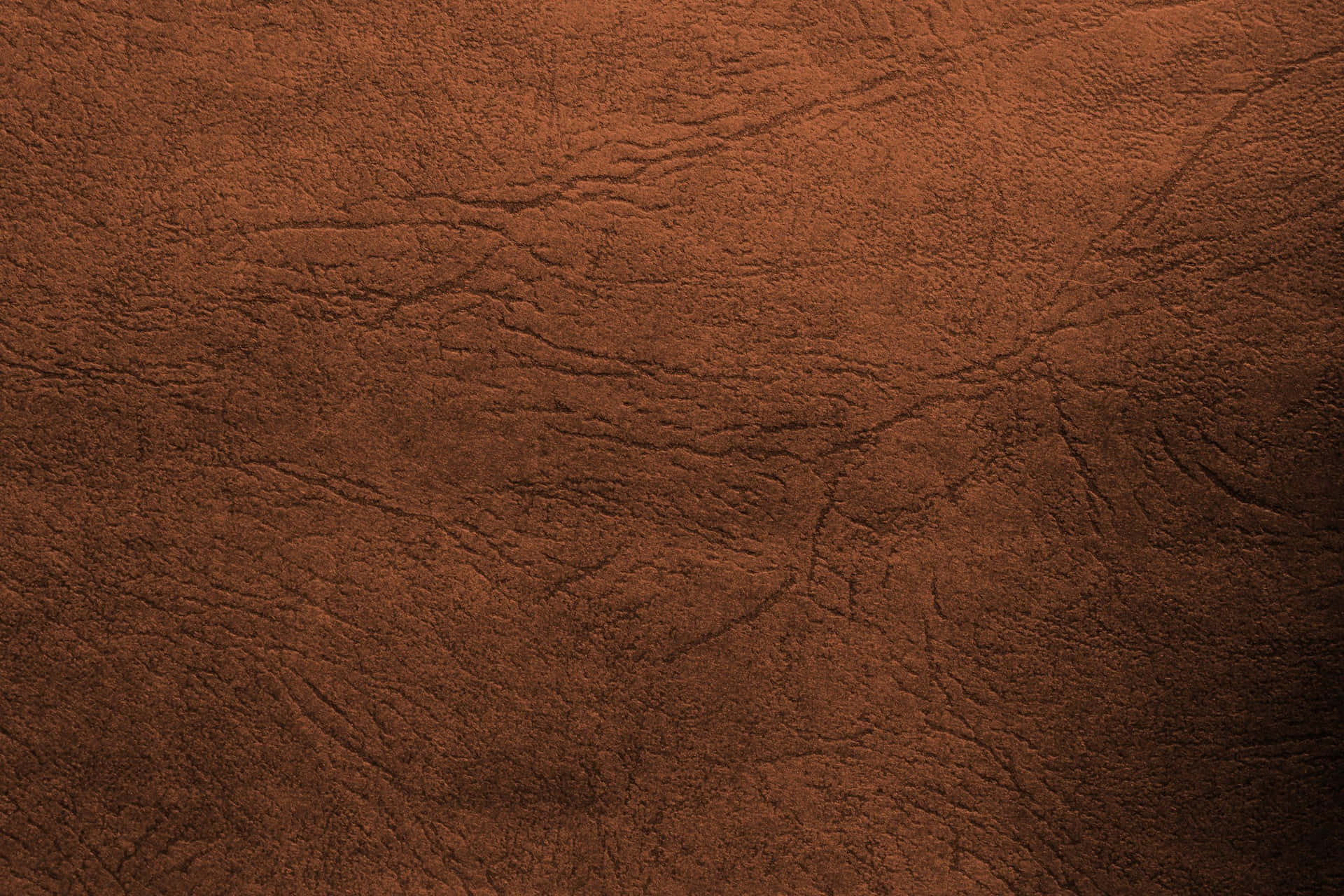Leather seats in cars not only provide comfort but also enhance the overall aesthetic appeal of the vehicle. Over time, however, wear and tear can lead to unsightly cracks, fading, and discoloration. Fortunately, leather paint offers a cost-effective solution to breathe new life into your car’s interior. This comprehensive guide will explore everything you need to know about leather paint for car seats, from its benefits to application techniques and maintenance tips.
Understanding Leather Paint

Leather paint is a specialized product designed to adhere to leather surfaces, providing a durable and flexible finish. Unlike regular paint, leather paint is formulated to withstand the unique challenges posed by leather, including stretching, bending, and exposure to sunlight. Here are some key features:
- Flexible Formulation: Leather paint remains flexible, allowing it to move with the material without cracking.
- Durability: High-quality leather paints are resistant to scuffs, scratches, and fading.
- Variety: Available in a wide range of colors and finishes, from matte to gloss.
Benefits of Using Leather Paint
Choosing to paint your leather car seats can offer numerous benefits that go beyond mere aesthetics. Here are some compelling reasons to consider this option:
- Cost-Effective: Reupholstering leather seats can be expensive. Leather paint offers a more affordable alternative.
- Customization: You can match the leather color to your preferences or even change it entirely.
- Environmental Impact: Rather than discarding old leather, painting it extends its life, promoting sustainability.
Choosing the Right Leather Paint

With many options available in the market, selecting the right leather paint can be overwhelming. Here are some factors to consider:
- Type of Leather: Ensure the paint is compatible with the type of leather in your car (e.g., aniline, pigmented).
- Quality: Look for reputable brands with positive reviews. Brands like Angelus and Leatherique are popular choices.
- Color Match: If you want to match an existing color, consider using color swatches or samples to find the best match.
Preparing Your Car Seats for Painting

Preparation is crucial for a successful leather painting project. Follow these steps to ensure the best results:
- Cleaning: Thoroughly clean the leather with a specialized leather cleaner to remove dirt and oils.
- Conditioning: Apply a leather conditioner to nourish the leather, but allow it to dry completely before painting.
- Masking: Use painter’s tape to protect areas you don’t want to paint, such as seams and metal trim.
Application Techniques for Leather Paint

Applying leather paint requires careful technique to achieve a smooth and even finish. Here are some best practices:
- Tools Needed: Gather a spray gun or paintbrush, sponge, and a heat source like a hairdryer for drying between coats.
- Thin Layers: Apply multiple thin layers rather than one thick coat to prevent cracking and ensure flexibility.
- Drying Time: Allow each layer to dry completely before applying the next, which usually takes 30 minutes to an hour.
Case Study: Transforming Leather Seats with Paint

To illustrate the effectiveness of leather paint, consider the case of a 2015 Toyota Camry with beige leather seats that had become discolored and cracked over time. The owner decided to use Angelus leather paint to restore the seats. Here’s a brief overview of the process:
- Preparation: The owner cleaned the seats thoroughly and applied a conditioner.
- Color Selection: They chose a color that closely matched the original beige but with a touch more vibrancy.
- Application: Using a spray gun, they applied three thin layers of paint, allowing adequate drying time between coats.
- Outcome: The seats looked like new, with a rich color and smooth finish, all for a fraction of the cost of reupholstering.
Maintenance Tips for Painted Leather Seats

Once you have revitalized your car seats with leather paint, proper maintenance is key to preserving their appearance. Here are some tips:
- Regular Cleaning: Use a soft cloth and mild leather cleaner to keep the seats clean.
- Avoid Harsh Chemicals: Stay away from bleach or ammonia-based cleaners that can damage the paint.
- Conditioning: Apply leather conditioner every few months to maintain the suppleness of the leather.
Revitalizing your car seats with leather paint is a practical and creative solution to restore the beauty of your vehicle’s interior. By understanding the benefits, selecting the right paint, properly preparing the seats, and applying the paint with care, you can achieve stunning results. Not only does leather paint save you money compared to reupholstering, but it also allows for customization and contributes to environmental sustainability.
With proper maintenance, your newly painted leather seats can provide comfort and style for years to come. So, if your car seats are looking a bit worse for wear, consider giving them a makeover with leather paint — it’s the ultimate way to revitalize your ride!




